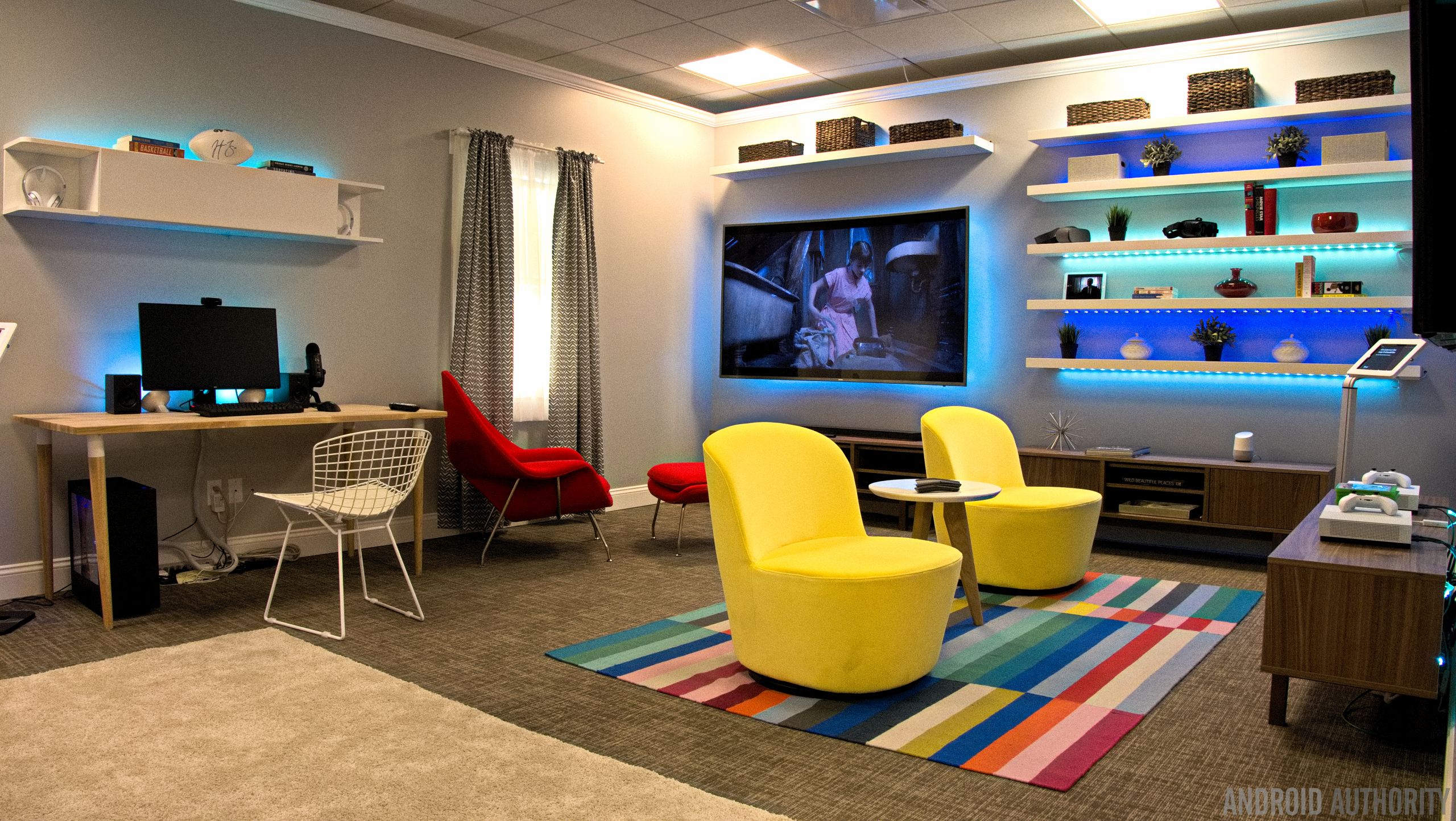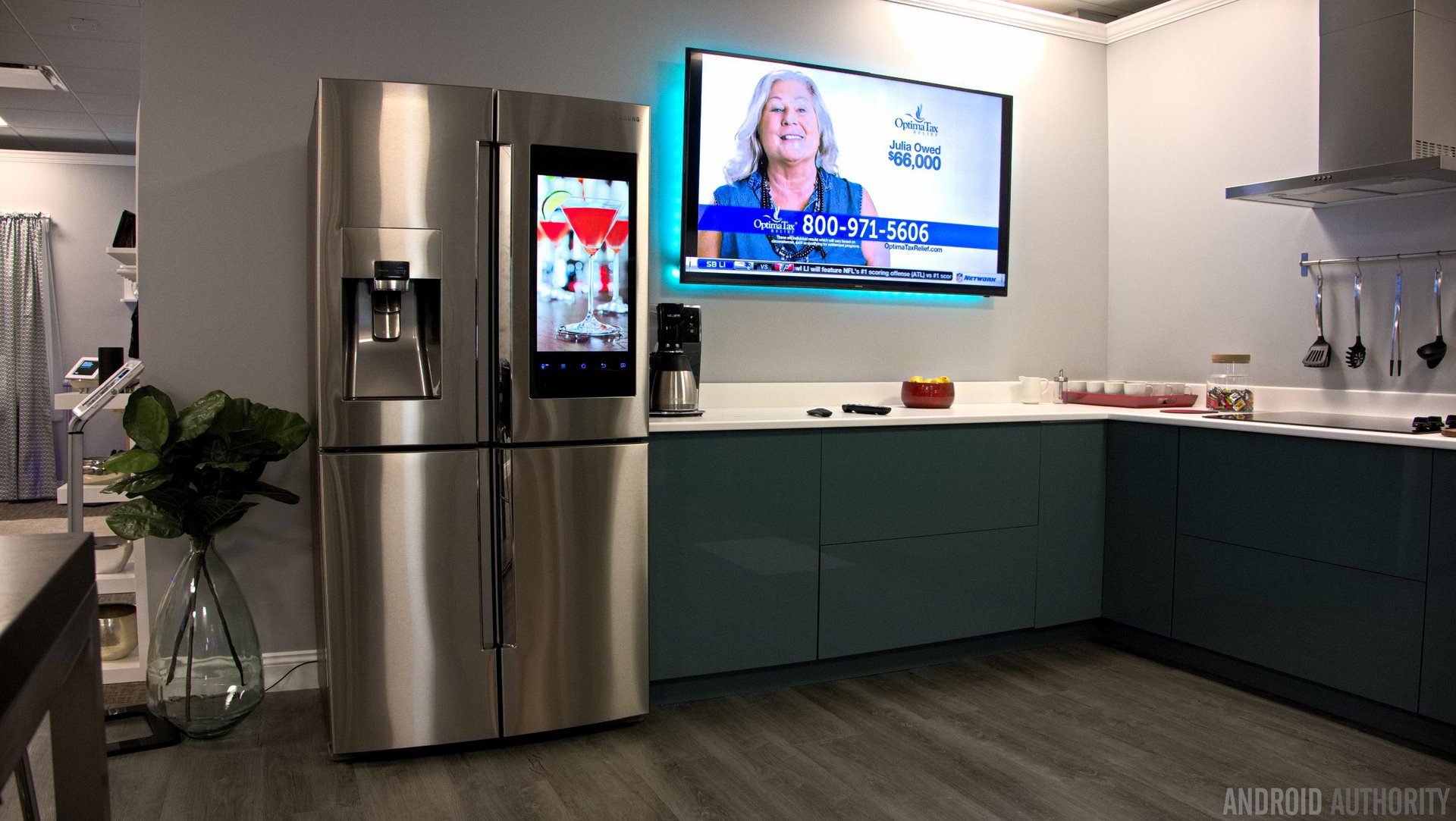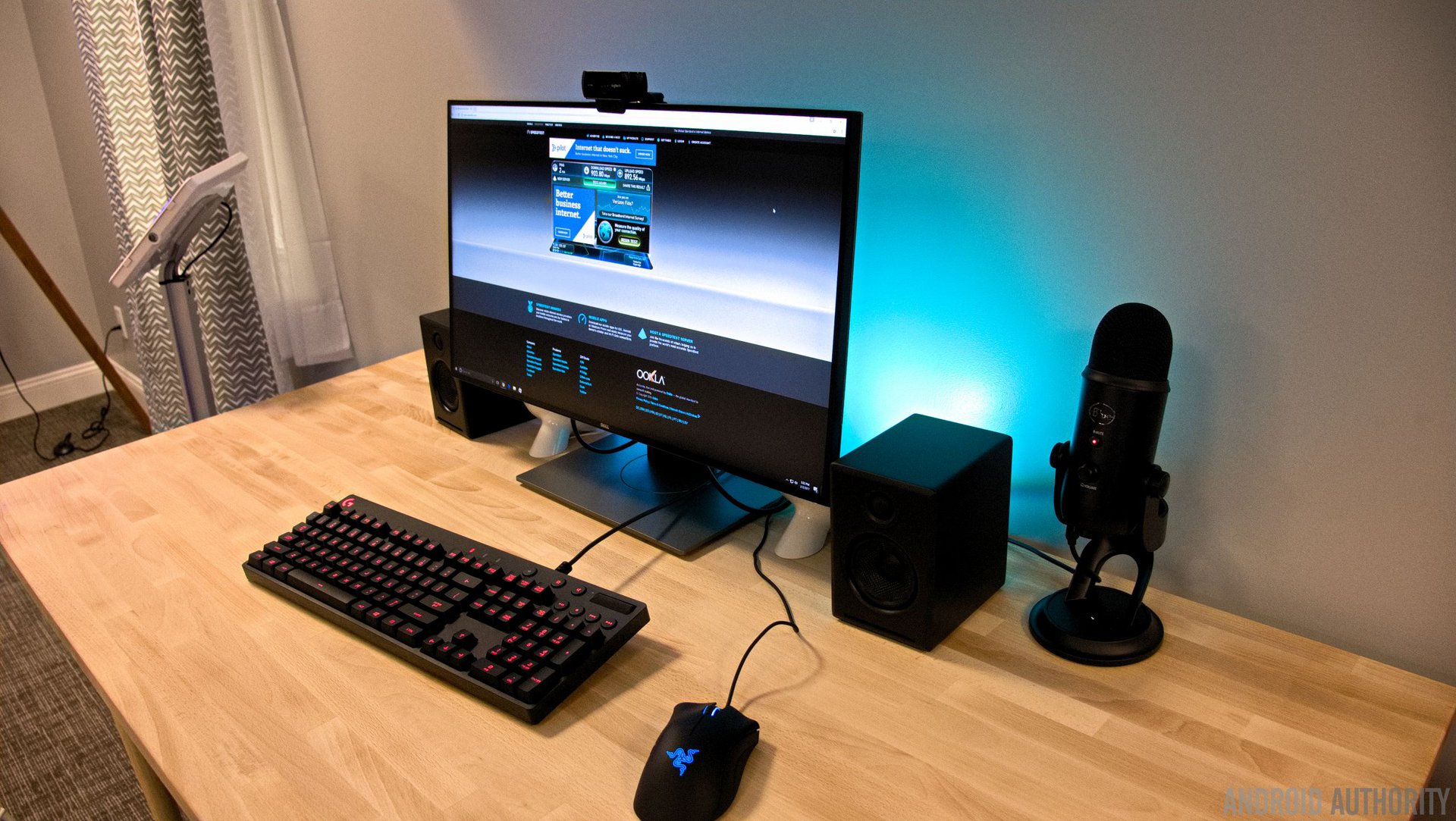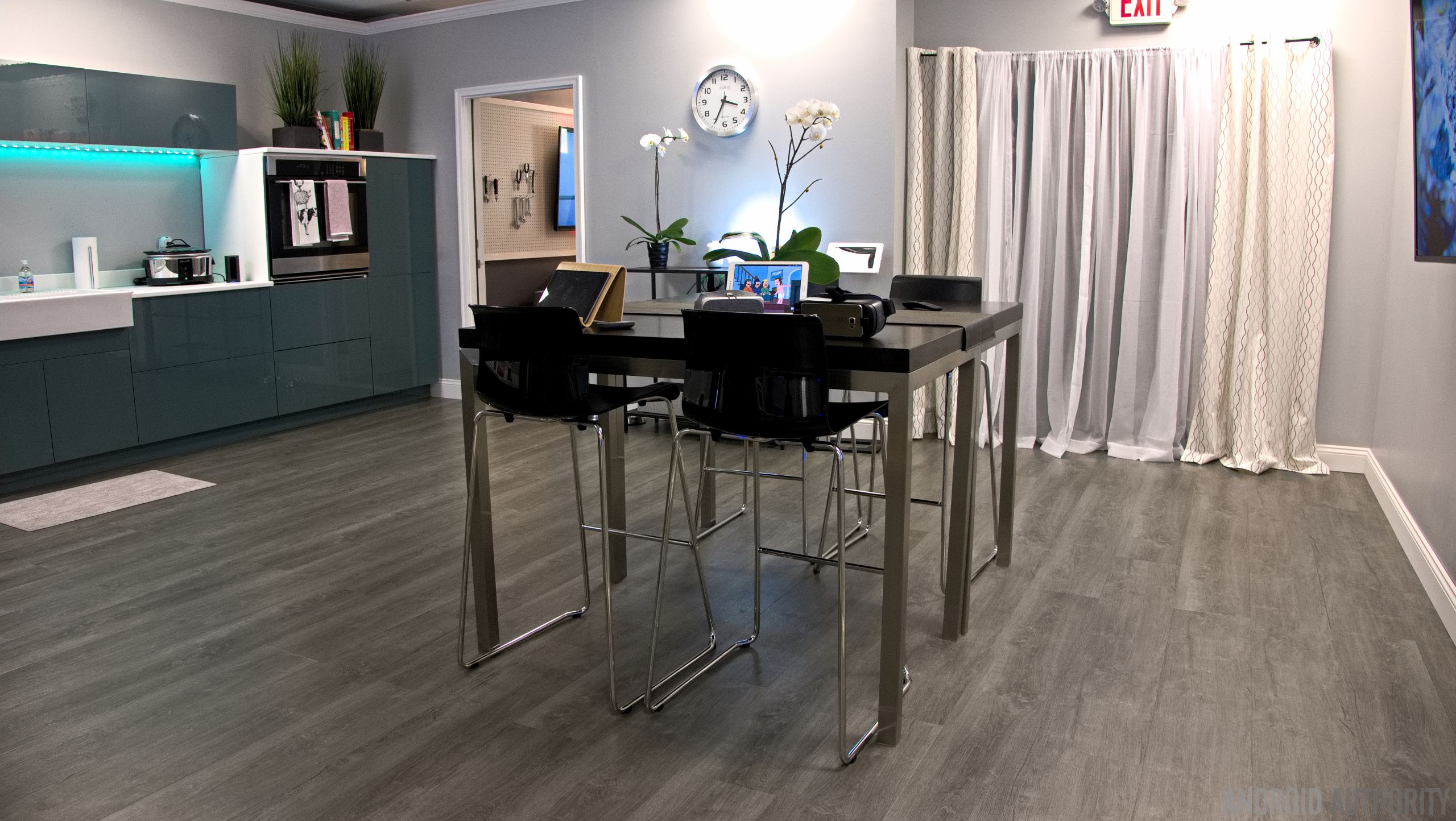Affiliate links on Android Authority may earn us a commission. Learn more.
Verizon connected house tour: What a 750Mbps connection can do for you
The living room of the future is now a reality, here in the present, that is. Science fiction movies of all sorts gave birth to many interpretations to what the living of the future would look like. From artificial intelligence acting as overseers, to remotely being informed about who’s at the front door, today’s modern connected home is what we’ve been envisioning about the future. And you know what? It’s unbelievable to witness the great strides made over the last few years to get us to where we’re at today.
Very recently, we were invited to check out the Verizon FiOS office in New York City, where they transformed a good chunk of their office into a connected home space – showcasing the full breadth of how connected a home space can look like.
Slowly over the course of the last several years, we’ve been seeing more gadgets infiltrating the home space. From security cameras, to streaming boxes, the home space is being transformed into the stuff we’ve been seeing teased by sci-fi movies.

Not surprisingly, Verizon didn’t hold back one bit when it came down to decking out the space, ensuring that we were going to be overwhelmed by the sheer magnitude of connected devices there. Okay, so they had help from interior designers in establishing a colorful, yet clean atmosphere for this connected home space. Everywhere we looked, there was some sort of connected device to take notice of and interact with.
While we won’t go into every gadget found there, some of the standouts for us include the bevvy of smart lights strategically positioned throughout the place. Not only were Philips Hue Light Bulbs used, but they even leveraged the Philips Hue Lightstrips to accent the area. Another stark reminder of the kind of crushing blow to anything connected at the home were the ginormous, wall-mounted televisions found in every room – including the mock garage! Five out of the six that were there were streaming 4K content of some sort, which is pretty taxing for any home network when you think about it. And lastly, we also checked out a few smart appliances that wouldn’t be regarded as givens in most homes.

There was no question that the space was beautifully designed and arranged, and it’s the kind of ideal or dream setup we’d all love to have at home, but the point of Verizon crafting this space together is to direct the attention on the infrastructure that’s necessary to have everything talking to one another harmoniously – and without delay! Essentially, the underlying brains behind the scenes here is the raw power of Verizon FiOS’ 750 Mbps Instant Internet service.
Taking into account all of the connected gadgets and devices we saw at the space, it’s pretty impressive that the network’s speed wasn’t impacted negatively. Using a smartphone, we were able to see who was at the front door courtesy of the Ring Doorbell camera, peek into what’s inside of the Samsung refrigerator, and even play a multi-player game using the Xbox One S console. All of this is taxing on a network, often resulting in significantly slower bandwidth speeds. And of course, it never helps either when more connected devices are introduced to the space.

What’s really impressive, though, was how the Verizon FiOS 750 Mbps Instant Internet connection managed to exceed our expectations by showing us real-time results from Ookla’s Speedtest on a PC. Impressively enough, all the activity didn’t slow down the Wi-Fi connection from the single router placed in the garage area. In fact, our quick testing resulted in download and upload speeds of 862.10 Mbps and 903.36 Mbps respectively – with a latency of only 3 ms! For goodness sake’s, those are some ridiculous speeds, especially given the magnitude of what the connection has to endure from all the devices there.
That’s impressive enough just because back at home, my Xfinity 100 Mbps “Performance Pro Internet” connection rarely puts out double digit speeds in either category. Granted that it’s a cheaper rate at $85/month, versus $150/month for Verizon FIOS’ 750 Mbps “Instant Internet,” the difference alone is evident in how my speed is slowed down tremendously – never once achieving anywhere remotely close to that theoretical speed of 100 Mbps. In contrast, though, the Verizon FiOS connection we tested out in the space exceeded the 750 Mbps threshold!

Time, that’s unequivocally the main distinguisher between these two services. Yes, turning on a light at home using an app on our Android device while away doesn’t take a whole lot, but other things such as uploading videos to YouTube, streaming a television show, or tapping into a security camera, won’t take as long with the Verizon FiOS 750 Mbps connection. Speed and latency will only become more crucial as more connected devices are introduced at the home, so if you’re very particular about that, you’ll probably want to do your research to ensure you’re satisfied.
On one hand, you can pay less for a slower service, but for those looking for instant connection, instant service, and instant play, you’ll want to take into consideration a high-speed subscription.
Looking to learn more about Verizon’s FiOS connection? Head here!